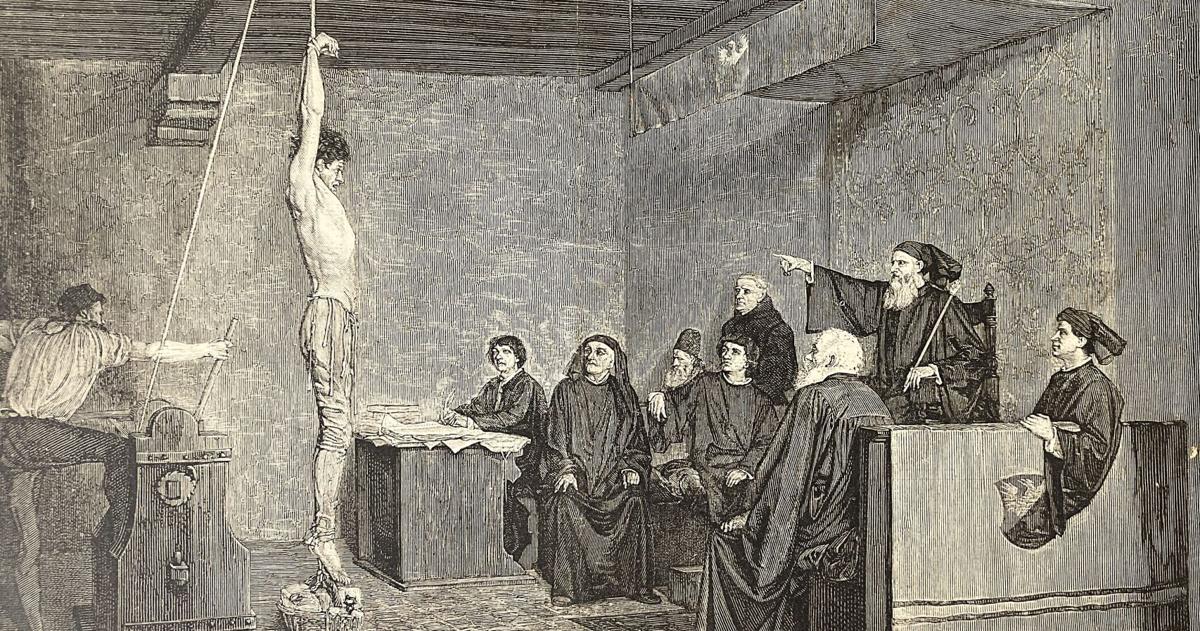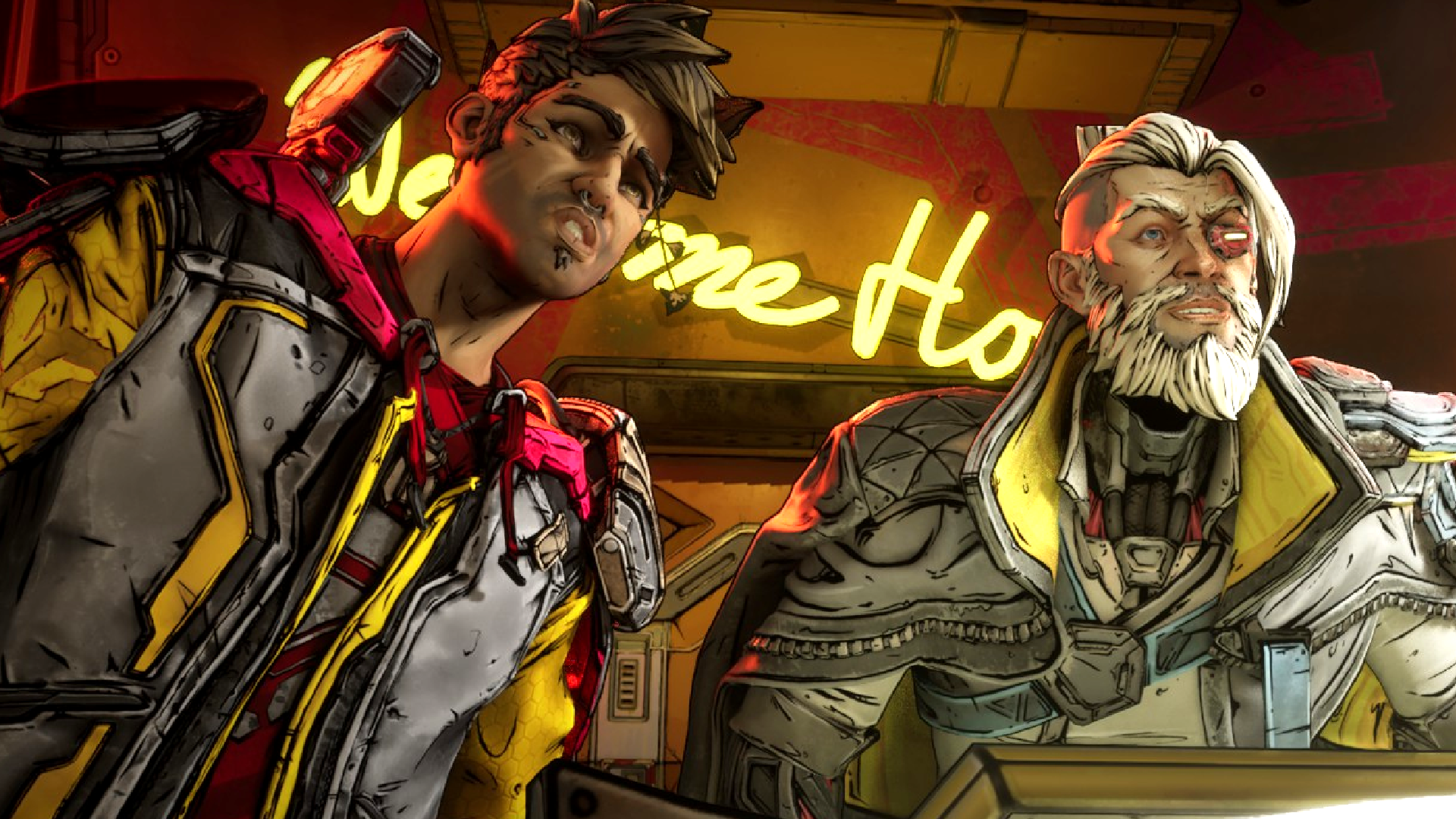
They’re selling postcards of the hanging.
— Bob Dylan, “Desolation Row,” 1965.
South Carolina is back, big time, in the death business. This weekend, in fact, marks the one-year anniversary of Freddie Owens’ execution by lethal injection.
Making up for lost time, our state has executed six men in the past year, putting us No. 2 in the nation, behind Florida (11) and in a dead heat with Texas and Alabama since we ended a 13-year hiatus on Sept. 20, 2024. Considering Texas and Florida are much larger, we are more than punching our weight.
Still, there’s always room for improvement.
I am here to help with suggestions that fall under three broad categories: choice, transparency and cost. I asked several of the Republican contenders in next year’s governor’s race — Attorney General Alan Wilson, Lt. Gov. Pamela Evette and U.S. Reps. Nancy Mace and Ralph Norman — for their thoughts on the death penalty, and none of them responded. I don’t know why.
Choice
When South Carolina couldn’t get the cocktail of drugs it needed for lethal injections because the whiny anti-death penalty crowd threatened to out the pharmaceutical companies that supplied them, the Legislature expanded the menu to include a firing squad. Some lefties also saw a bullet as ruthlessly humane.
It’s early days, but it’s been popular so far. The condemned chose the firing squad in two of the past three executions, earning the Palmetto State headlines as the national leader. An autopsy report in May raised questions about both the humanity and efficiency of the firing squad, finding at least some of the state’s three shooters may have missed their target over Mikal Deen Mahdi’s heart, prolonging his death. The state maintains it was a clean, deadly kill.
People like choice, so why stop at the electric chair, lethal injection and the firing squad? Alabama is a big practitioner of the gas chamber, an old standby like the electric chair, which has fallen out of favor. (South Carolina hasn’t used Old Sparky since 2008 when James Earl Reed, who had an IQ of 77 and represented himself in court, was put to death.)
For those with a strong stomach, there’s always hanging, historically America’s and South Carolina’s go-to method of capital punishment, mainly because it required so little equipment: a rope and a tree. It’s a brutal way to die — exactly the point. The last hanging in the United States took place in Delaware in 1996.
All 25 people on death row today are, by the way, men. Not a single woman. But let’s be clear: The ladies will have to earn their way there. DEI is out favor in South Carolina, death row included.
Transparency
Those bleeding-heart liberals, including the American Civil Liberties Union and a certain smarty-pants newspaper columnist, have made a lot of noise about the secrecy of the state’s death penalty system.
State law keeps the identity of the executioner(s) secret. The Legislature has also shielded the pharmaceutical companies that supply the drugs for lethal injections from disclosure. Even the costs of the executions are a secret. Yada, yada, yada.
The solution: Bring back public executions. What could be more transparent?
Rather than kill the condemned hidden away deep in Broad River Correctional Institution with only a few witnesses on hand, let the public see it and decide for themselves. Do we like this? I’m betting we do.
Charleston hanged Denmark Vesey and 34 of his alleged co-conspirators over five ghastly days in the summer of 1822 — 22 on a single July day. You can be sure nobody hid that.
It was meant to be a deterrent then, and it could be again. The death penalty crowd loves the deterrent argument.
Costs
Killing people is much more expensive than keeping them alive in prison.
Interrogating Justice, a Virginia advocacy group, estimates the average federal prisoner costs about $37,500 a year. In contrast, a death row prisoner costs about $60,000 to $70,000 because of additional staff, single cells and more. It says the average cost for a death penalty case from pretrial to execution is more than $1 million, or 50 percent to 70 percent more than cases where the prosecution doesn’t seek the death penalty.
Public executions could help offset those costs. Done right, they might even turn a profit.
In today’s world, we can do much better than selling postcards of the hanging. Tastefully, of course, consider selling broadcast or online rights. The ratings could be phenomenal. Sponsorships and naming rights might be pushing it, but who knows?
Our business-friendly Republican administration in Columbia is good at this stuff; get the can-do guys over at Commerce involved. Imagine the possibilities. We should get started, though: The next execution is just around the corner.
Steve Bailey is a regular contributor to The Post and Courier Opinion section. He can be reached at sjbailey1060@yahoo.com.



